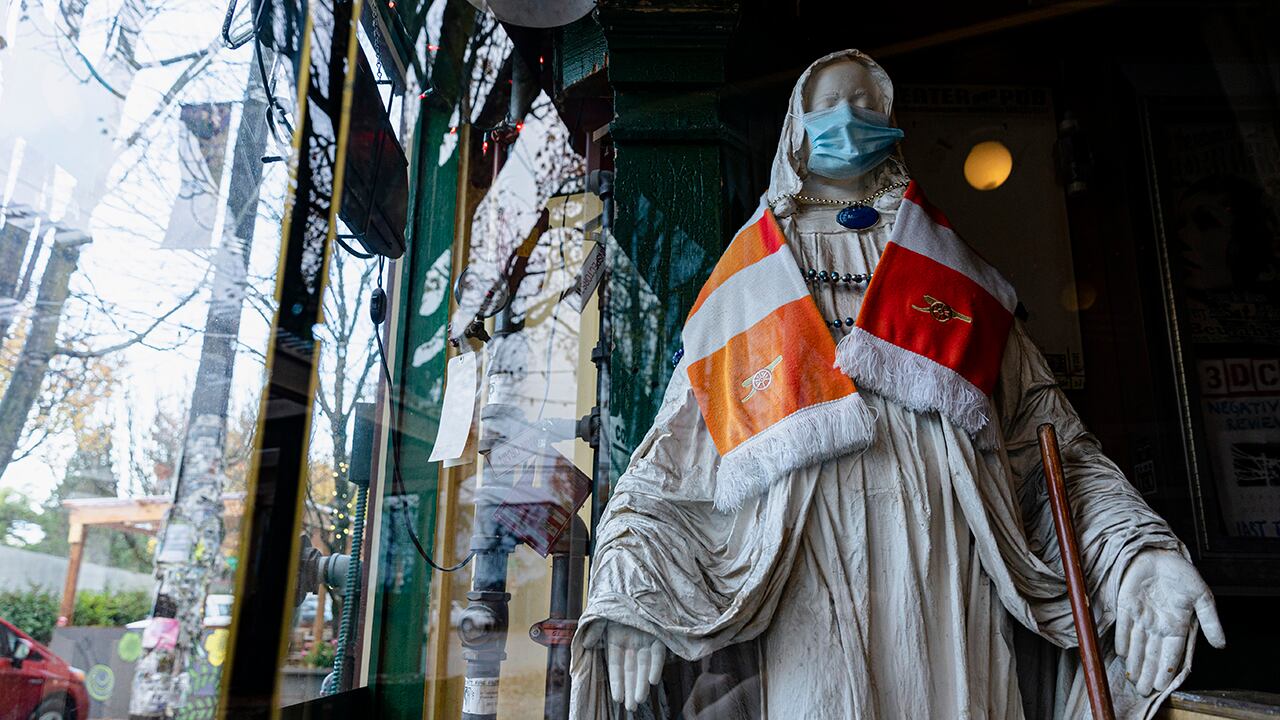Oregonians may be wondering why Gov. Kate Brown is shutting the state down again today, a week before Thanksgiving and the start of the holiday shopping season, when retailers and restaurants typically make most of their money.
One chart tells the story: Oregon hospital beds are rapidly approaching capacity.

On Oct. 21, the number of Oregonians hospitalized for COVID-19 stood at 121. By Nov. 17, that number had risen to 378, a 212% increase.
Over the same time period, the number of Oregonians occupying intensive care unit beds jumped from 38 to 96, an increase of 153%.
Oregon has the lowest number of hospital beds per 1,000 residents in the nation, according to the Kaiser Family Foundation, and a lower number of ICU beds per capita than all but nine states. As of WW's press deadline, 561 of the state's 697 adult ICU beds were full, or 80%. (The totals include non-COVID patients, as well.)
In Region 1 of the state—the Portland metro area—286 of the 335 ICU beds available were full. That's 85%. "We are not aware of any other time that hospitals around Oregon have faced this sort of capacity pressure," says OHA spokesman Tim Heider.
As Brown and a team of experts, including the state's top public health officer, Dr. Dean Sidelinger, and Oregon Health & Science University chief medical officer Dr. Renee Edwards, said last week, full capacity is right around the corner.
"COVID is raging across Oregon," Sidelinger said. Last week's count of new cases, the highest ever, exceeded the previous week's record by 46%.
And, Sidelinger noted, it usually takes a couple of weeks for COVID patients to become ill enough to need hospitalization. That means the massive number of new cases in the past week is not reflected in the current hospitalization numbers.
"We have four ICUs at OHSU," Edwards said. "All of them are operating at 90% or more of capacity."
That's why Gov. Brown is ordering Oregonians to limit in-home gatherings to six or fewer people and sharply curtailing public gathering spots. Will it be enough to keep hospitals—which still need beds for heart attacks, car crash victims and surgeries—from overflowing?
That depends on Oregonians' self-discipline. "We are about to face the roughest days of the pandemic," Brown said. "We must take further measures to flatten the curve now."

